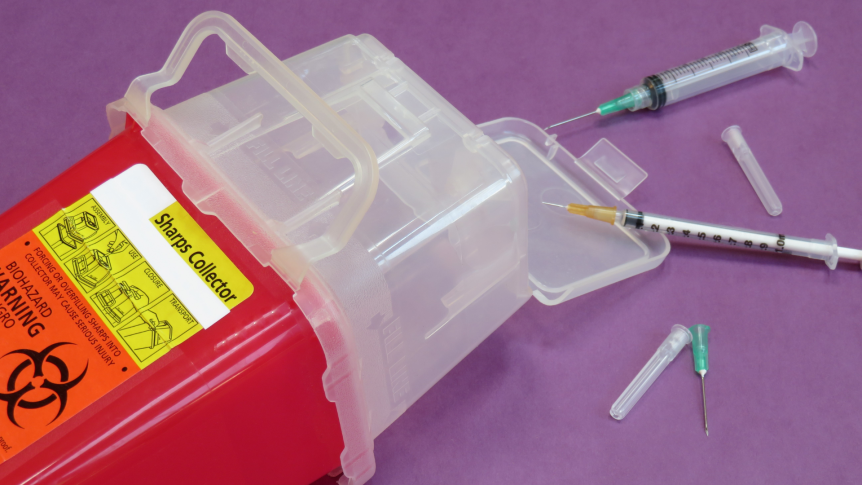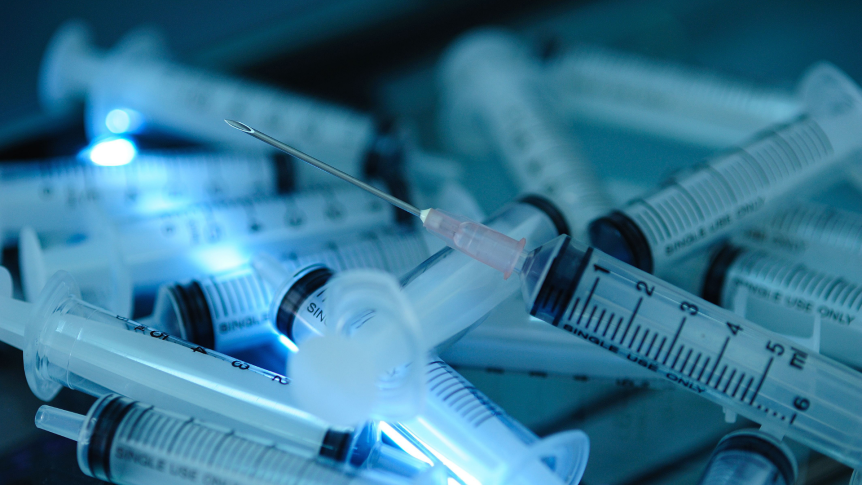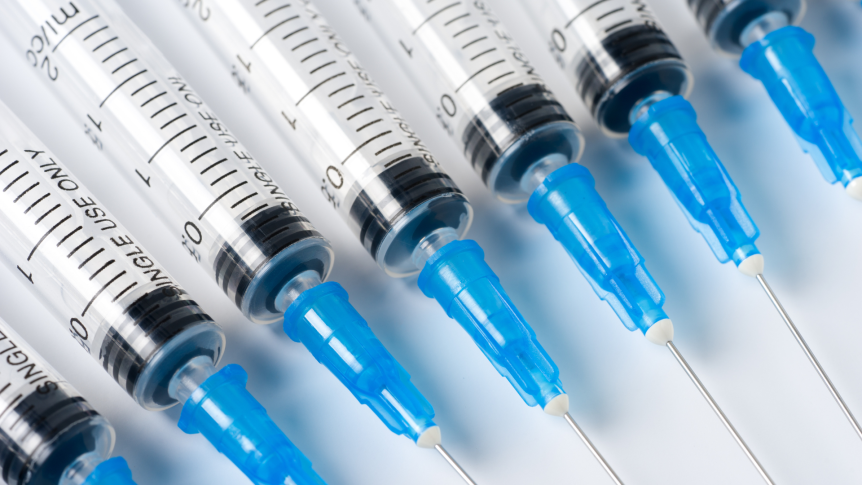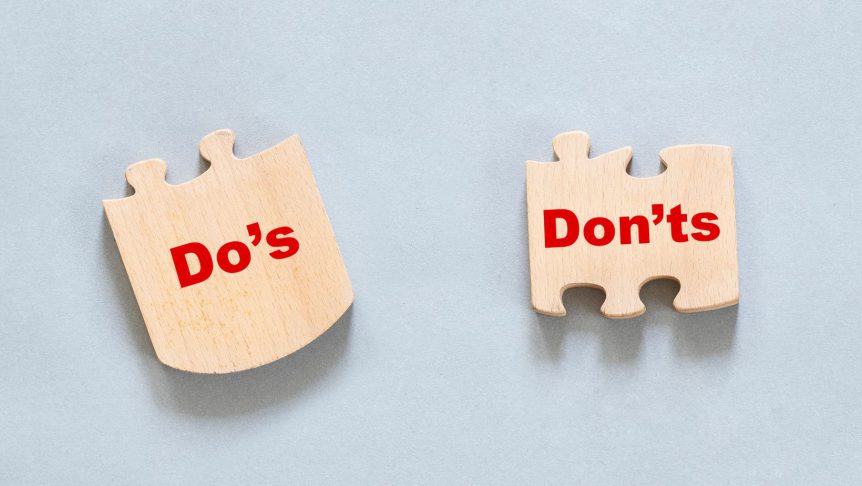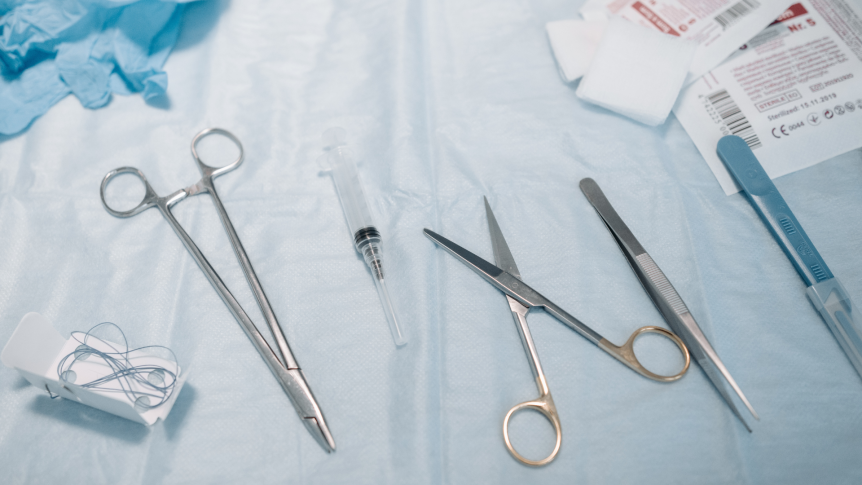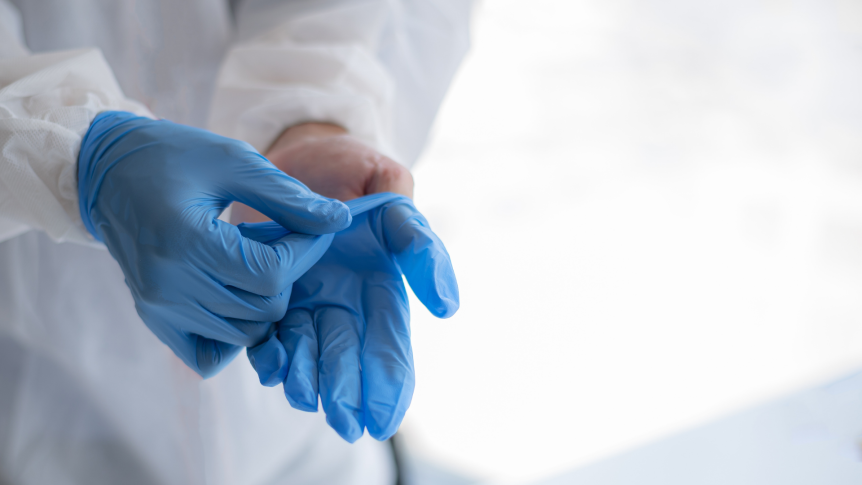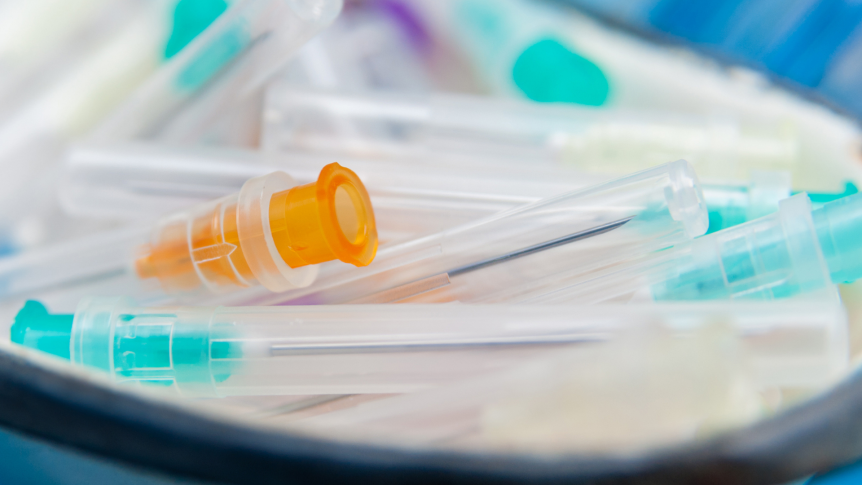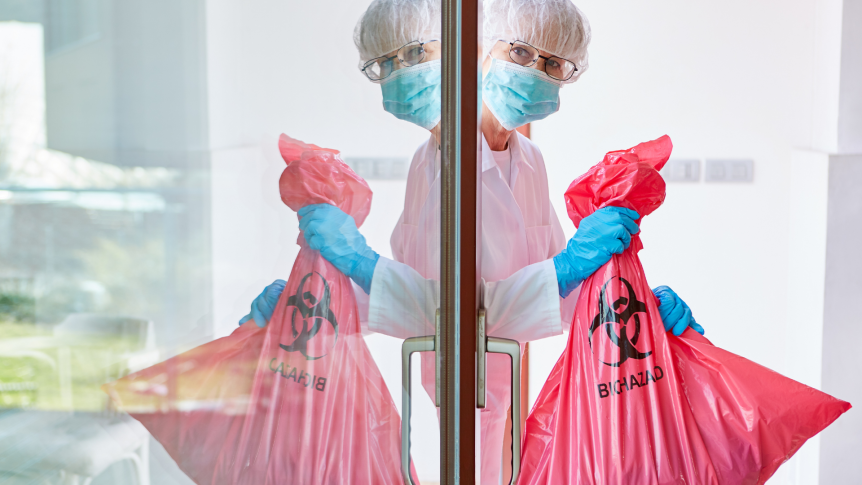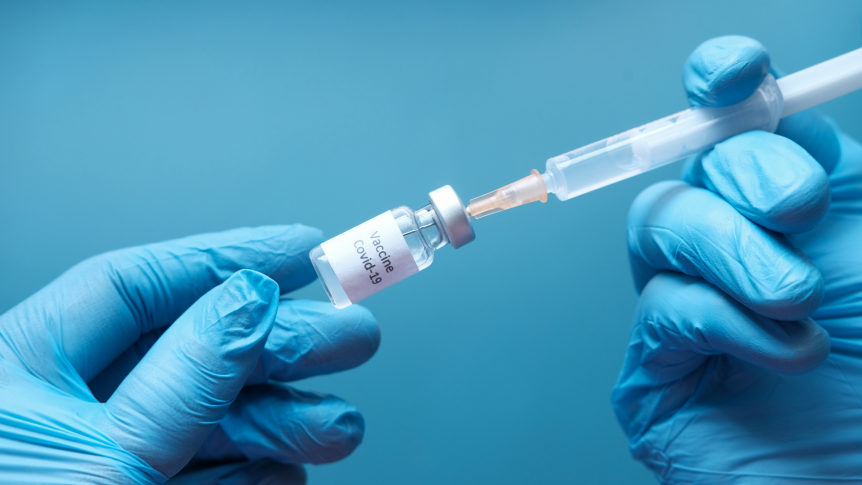Provided by: U.S. Food and Drug Administration Sharps disposal containers are made from rigid puncture-resistant plastic or metal with leak-resistant sides and bottom, and a tight-fitting, puncture-resistant lid with an opening to accommodate depositing a sharp but not large enough for a hand to enter. “Sharps” refers to objects with sharp points or edges that can puncture or cut skin, …
Needle Stick Injury: What To Do
Provided By: WebMD Needle stick injuries are a reality for people who regularly use needles, like nurses and lab workers. It also can happen if you handle trash, even if it’s not medical waste. According to the CDC, some 385,000 healthcare workers accidentally stick themselves with needles every year. Your chances of catching a disease from a single needle stick …
How to Dispose of Needles: Safe Practices for Discarding Used and Unused Sharps
Provided By: GoodRX Throwing away syringes, needles, and lancets — commonly called “sharps” — is important to prevent injury. Properly disposing of them can also help you avoid infections from used needles, including hepatitis B (HBV), hepatitis C (HCV), and HIV. Here, we’ll cover some basic facts about how to get rid of sharps — including syringe needle disposal, the …
DOs and DON’Ts of Proper Sharps Disposal
Provided By: fda.gov Dos √ DO immediately place used needles and other sharps in a sharps disposal container to reduce the risk of needle sticks, cuts, or punctures from loose sharps. √ DO use an FDA-cleared sharps disposal container, if possible. If an FDA-cleared container is not available, some organizations and community guidelines recommend using a heavy-duty plastic household container …
How To Prevent Needlestick And Sharps Injuries
Provided By: CDC Needlestick and other sharp injuries are serious hazards in any healthcare setting. Contact with contaminated needles, scalpels, broken glass, and other sharps may expose healthcare workers to blood that contains pathogens that pose a grave, potentially lethal risk. Activities with Potential for Needlestick Injuries Home healthcare workers can be at risk for needlestick or sharps …
How To Safely Remove PPE
Provided By:The CDC There are a variety of ways to safely remove PPE without contaminating your clothing, skin, or mucous membranes with potentially infectious materials. Here is one example. Remove all PPE before exiting the patient room except a respirator, if worn. Remove the respirator after leaving the patient’s room and closing the door. Remove PPE in the following sequence: …
Best Way to Get Rid of Used Needles and Other Sharps
Provided By: The U.S. Food & Drug Administration The FDA recommends a two-step process for properly disposing of used needles and other sharps. Step 1: Place all needles and other sharps in a sharps disposal container immediately after they have been used. This will reduce the risk of needle sticks, cuts, and punctures from loose sharps. Sharps disposal containers should …
Learn about the types of biohazardous waste containers and bags and how to manage them.
Red Biohazardous Sharps Containers Provided By: UC San Diego Commercial red biohazardous sharps containers are used to collect devices or objects with corners, edges, or projections capable of cutting or piercing the skin or regular waste bags, which have come into contact with biological or recombinant genetic materials. These containers must meet the standards of the United States …
How Your Vaccine Helps Your Friends and Family
When a dangerous disease is at large, a vaccine tends to be the best way to prevent multiple casualties and overcome the threat, so if you’ve accepted a recommended one, good for you. Thanks to vaccines, much of the world’s population is now safe from deadly diseases like polio and smallpox, and similar solutions have been found for Covid-19. Your …
